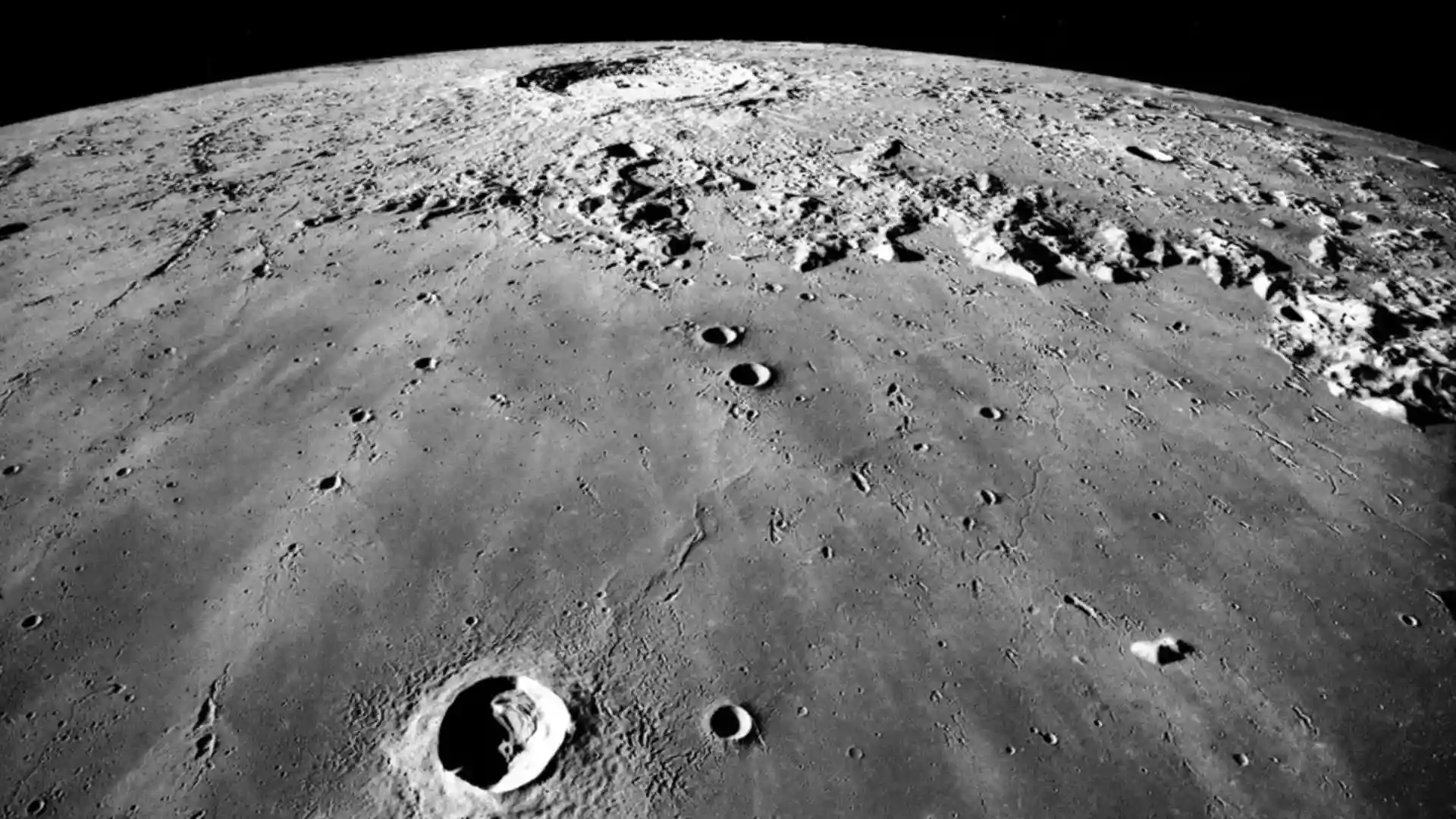NASA's Volatiles Investigating Polar Exploration Rover (VIPER), which faced cancellation in July 2024 due to rising costs and delays, has been revived through a partnership with Blue Origin, with a new target launch date set for late 2027. This mission aims to explore the Moon's South Pole for water ice and other resources, crucial for future lunar missions under the Artemis program.
The mission's revival is made possible through NASA's Commercial Lunar Payload Services (CLPS) program, which leverages partnerships with private companies to deliver scientific payloads to the Moon. Blue Origin, founded by Jeff Bezos, secured a CLPS task order with a potential value of $190 million to transport VIPER to the lunar surface using its Blue Moon Mark 1 lander.
Blue Origin's responsibilities include the complete landing mission architecture, encompassing design, analysis, and testing of the lander, payload integration, and ensuring the safe deployment of the rover onto the lunar surface. NASA, on the other hand, will oversee the rover's operations and science planning, with teams from Ames Research Center and Johnson Space Center leading the effort.
VIPER, about the size of a golf cart, is equipped with a drill and three spectrometers to dig into the lunar soil and analyze samples for water, hydrogen, and other minerals. The rover will spend approximately 100 Earth days exploring the Moon's South Pole, venturing into permanently shadowed regions where water ice is most likely to be found. Data collected by VIPER will be transmitted back to NASA for analysis.
The mission's objectives are to identify the location and concentration of water ice, which could be processed into drinking water, breathable oxygen, and even rocket fuel, enabling a sustainable human presence on the Moon and serving as a stepping stone for further space exploration, such as missions to Mars. The data will also help NASA determine the origin and distribution of volatiles across the solar system.
This is Blue Origin's second CLPS lunar delivery contract. Their first mission, also utilizing the Blue Moon Mark 1 lander, is scheduled to launch later this year to deliver NASA's Stereo Cameras for Lunar-Plume Surface Studies and a Laser Retroreflective Array to the same lunar south pole location. NASA will evaluate the success of this initial mission before proceeding with the VIPER delivery.
The selection of Blue Origin to deliver VIPER is viewed as a significant step towards building a commercial lunar economy, with NASA focusing on high-priority science goals and technology development while outsourcing delivery services to private companies.
The National Space Society (NSS) has applauded NASA's decision, recognizing VIPER's critical role in advancing humanity's understanding of lunar resources and establishing a sustainable human presence on the Moon.















